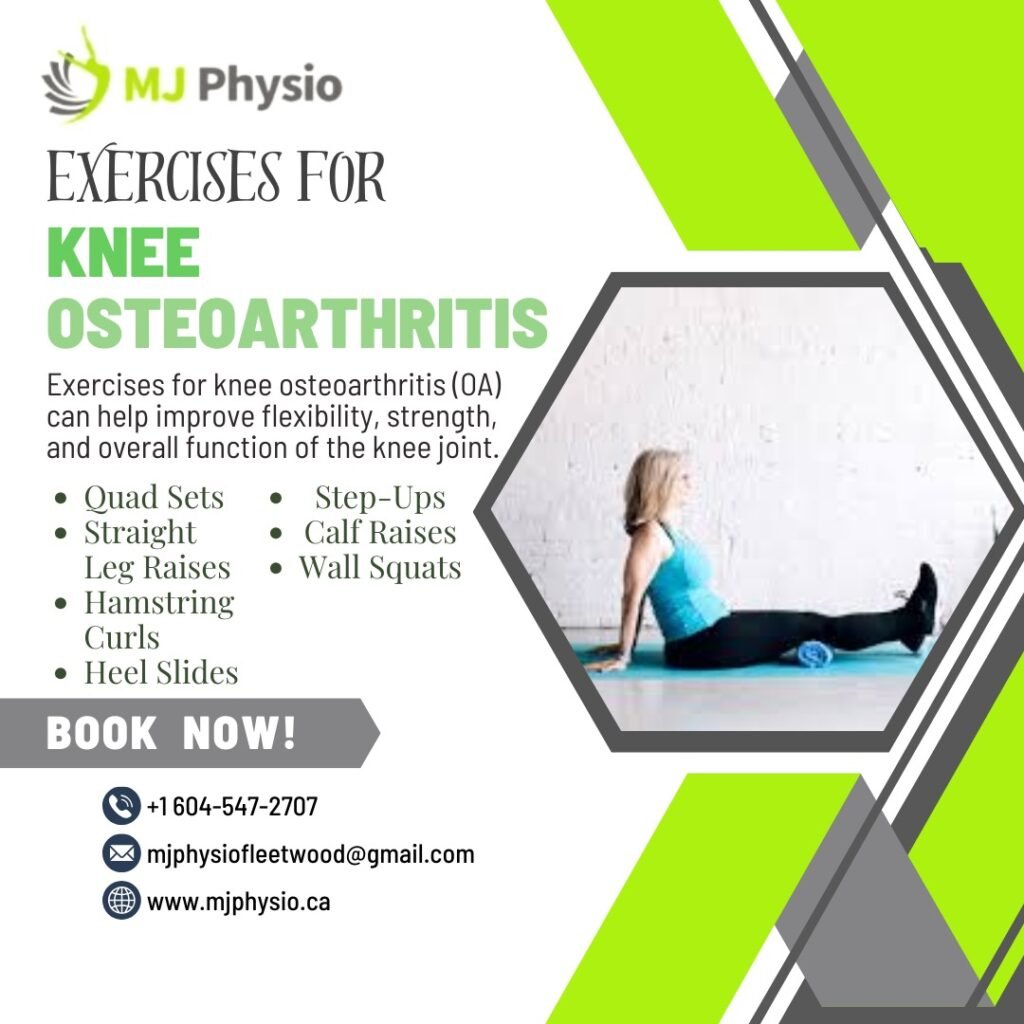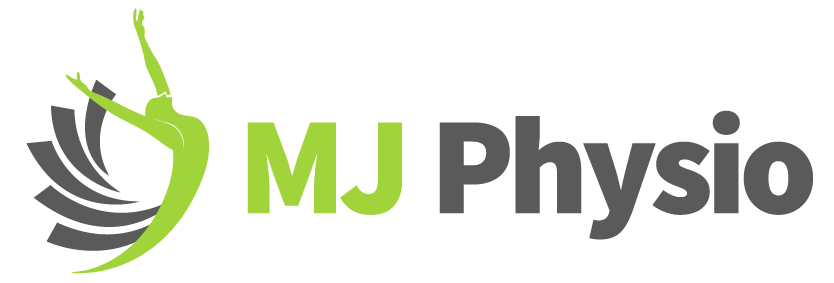what is the best exercise for osteoarthritis in the knees
Knee osteoarthritis (OA) can be a challenging condition, causing pain, stiffness, and reduced mobility. However, staying active and incorporating targeted exercises into your routine can help manage symptoms and improve quality of life. In this guide, we’ll explore some effective exercises specifically tailored for individuals with knee osteoarthritis. The best exercises for osteoarthritis in the knees helps to avoid surgery and alleviate pain to lead an active life style.
Understanding Knee Osteoarthritis:
Before diving into exercises, it’s essential to understand knee osteoarthritis. OA is a degenerative joint disease characterized by the breakdown of cartilage in the knee joint. This can lead to pain, swelling, stiffness, and reduced range of motion. Various factors such as age, gender,genetics, obesity, previous joint injuries,climate.living conditions and overuse may lead to the cause and prognosis of knee OA.
Benefits of Exercise for Knee OA:
Exercise offers numerous benefits for individuals with knee osteoarthritis (OA), making it a crucial component of management. Here are some key benefits:

1. Strengthening Muscles: Exercise helps strengthen the muscles surrounding the knee joint, including the quadriceps, hamstrings, and calf muscles. Stronger muscles provide better support and stability to the knee, reducing the stress and strain to relieve pain around the knee joint.
2. Improved Joint Stability: Strong muscles around the knee joint improve joint stability, which is essential for individuals with knee OA. Enhanced stability reduces the risk of falls and instability, allowing for better mobility and confidence in movement.
3. Increased Range of Motion: Regular exercise helps improve flexibility and range of motion in the knee joint. This can reduce stiffness and enhance overall mobility, making daily activities easier and less painful.
4. Weight Management: Exercise plays a crucial role in weight management, which is particularly important for individuals with knee OA. Excess weight puts added pressure on the knees, exacerbating pain and accelerating joint degeneration. By engaging in regular physical activity, individuals can achieve and maintain a healthy weight, reducing the burden on their knees.
5. Pain Relief: Exercise triggers the release of endorphins, the body’s natural painkillers, which can help alleviate pain associated with knee OA. Additionally, strengthening muscles and improving joint function through exercise can reduce the perception of pain and discomfort.
6. Enhanced Cardiovascular Health: Many exercises recommended for knee OA, such as walking, swimming, and cycling, also provide cardiovascular benefits. Improved cardiovascular health is essential for overall well-being and can contribute to better management of knee OA symptoms.
7. Better Mood and Mental Health: Regular exercise has been shown to improve mood and mental health by reducing stress, anxiety, and depression. Coping with chronic pain associated with knee OA can take a toll on mental well-being, and exercise offers a natural and effective way to combat these challenges.
8. Delaying Disease Progression: While exercise cannot reverse the damage caused by knee OA, it can help slow down the progression of the disease by maintaining joint function and mobility. Consistent exercise can preserve joint integrity and delay the need for more invasive treatments, such as surgery.
Best recommended exercises for osteoarthritis of the knees
1. Low-Impact Cardio: Engaging in low-impact cardio exercises such as walking, swimming, or cycling can help improve cardiovascular health without putting excessive strain on the knees. Aim for at least 150 minutes of moderate-intensity aerobic activity per week.
2. Quadriceps Strengthening: Strong quadriceps muscles are essential for knee stability. Try exercises like straight leg raises, wall sits, and leg presses to strengthen the quadriceps without exacerbating knee pain.
3. Hamstring Strengthening: Strengthening the hamstring muscles can help balance muscle strength around the knee joint. Perform exercises like hamstring curls using resistance bands or a leg curl machine.
4. Calf Raises: Calf raises can improve ankle stability, which indirectly benefits knee function. Stand with your feet hip-width apart and slowly raise your heels off the ground, then lower them back down. Repeat for several sets.
5. Range of Motion Exercises: Gentle stretches and range of motion exercises can help maintain flexibility in the knee joint. Try knee flexion and extension exercises, as well as heel slides and calf stretches.
5. Tai Chi and Yoga: Tai Chi and yoga are low-impact activities focusing on balance, flexibility, and strength. They can help improve joint mobility and reduce stress, making them beneficial for individuals with knee osteoarthritis.
6. Water Exercises: Water provides buoyancy, which reduces the impact on the joints during exercise. Consider participating in water aerobics or swimming laps to strengthen muscles and improve cardiovascular fitness.
7. Quad Sets: Sit or lie down with your legs out straight. Tighten the muscles on the top of your thigh (quadriceps) by pushing the back of your knee down into the floor. Hold for 5-10 seconds and then relax. Repeat 10-15 times.
8. Straight Leg Raises: Lie on your back with one leg bent and the other straight. Tighten the thigh muscle of the straight leg and lift it off the ground to the level of the opposite knee. Hold for a few seconds and then slowly lower it back down. Start with 10 repetitions and gradually increase.
9. Wall Squats: Stand with your back against a wall and your feet hip-width apart. Slowly slide down the wall, bending your knees until they are bent at about a 45-degree angle. Hold this position for 5-10 seconds, then slowly slide back up the wall. Repeat 10-15 times.
10. Heel Slides: Lie on your back with both knees bent and feet flat on the floor. Slide one heel along the ground, straightening your leg as much as possible. Hold for a few seconds, then slide your foot back to the starting position. Repeat with the other leg. Perform 10-15 repetitions on each side.
11. Step-Ups: Stand in front of a step or sturdy platform. Step up onto the platform with one foot, making sure your knee stays aligned with your foot. Step back down and repeat with the other foot. Start with a low step and gradually increase the height as you get stronger. Aim for 10-15 repetitions on each leg.
Safety Tips:
- Always consult with a healthcare professional before starting any exercise program, especially if you have knee osteoarthritis.
- Start slowly and gradually increase the intensity and duration of your workouts to avoid overexertion.
- Listen to your body and stop exercising if you experience severe pain or discomfort.
- Use proper form and technique to prevent injury.
- Incorporate rest days into your routine to allow for recovery.
While knee osteoarthritis can pose challenges, incorporating regular exercise into your routine can significantly improve symptoms and overall quality of life. The best exercises for knee osteoarthritis helps in strengthening muscles, improving flexibility, and engaging in low-impact activities, you can effectively manage knee OA and enjoy better mobility and function. Remember to consult with a healthcare professional and tailor your exercise program to meet your individual needs and capabilities. With dedication and perseverance, you can take control of your knee osteoarthritis and live an active, fulfilling life.




Post Comments